
Range Map of Bats
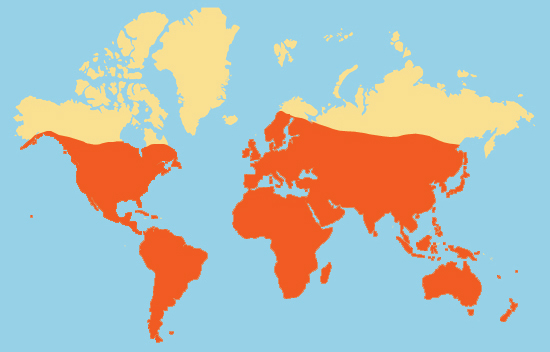
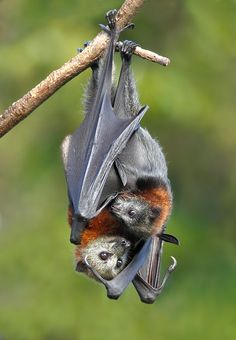
Quick Facts
Type: Mammal
Diet: Depending on the type of bat: Insectivore, Herbivore
Average life span in the wild: 20 to 40 years
Size: Bats are divided into two suborders: Megachiroptera, meaning large bat, and Microchiroptera, meaning small bat. The largest bats have a 6 foot wingspan. The bodies of the smallest bats are no more than an inch long.
Weight: Bats vary greatly in size and weight. The smallest bat in the world, the bumblebee bat, weighs only 2 grams. And the largest bat in the world, the Malayan flying fox, weighs up to 2 ½ pounds
Bat Joke
Q: What is the first thing that bats learn at school?
A: The alphabat.
Bat Tracks
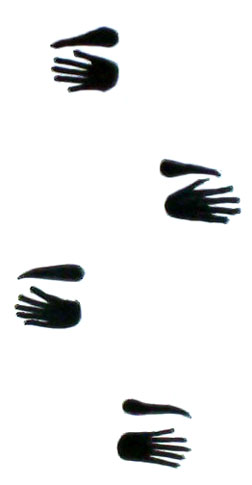
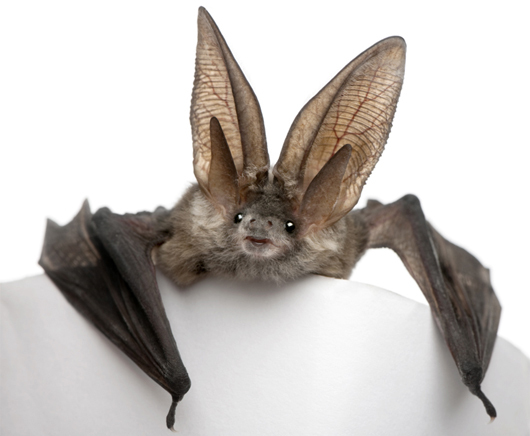
Bat Types
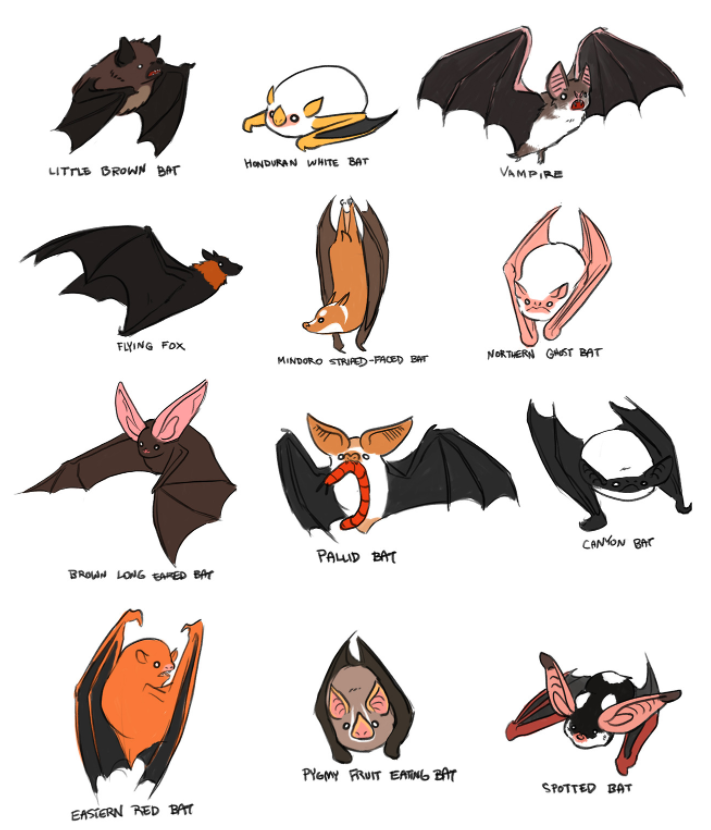
Bats
-
- From yellow and white to brown and black Bats come in a variety of colors. Some bats are black with white spots.
-
- Bats find shelter in caves, crevices, tree cavities and buildings. Some species are solitary while others form colonies of more than a million individuals.
-
- Bats are the only mammals capable of true flight!
-
- A single little brown bat can eat up to 1000 mosquitoes in a single hour.
-
- There are 47 species of bats in the United States.
-
- Bats hang upside down because they only have toes and claws on their back feet.
-
- 70% of bats consume insects, sharing a large part of natural pest control. There are also fruit-eating bats; nectar-eating bats; carnivorous bats that prey on small mammals, birds, lizards and frogs; fish-eating bats, and perhaps most famously, the blood-sucking vampire bats of South America.
-
- Bats are not blind.
- Bats use both their eyes and ears to see in the dark. They are most famous for using their ears to listen for echoes of their calls off various objects and even off of insects. Depending on how fast the echoes come back to them the bats can determine how close they are to objects. Scientists think that they use these patterns of echoes to create a mental image of all the objects around them… that is sort of like what we see with our eyes.
